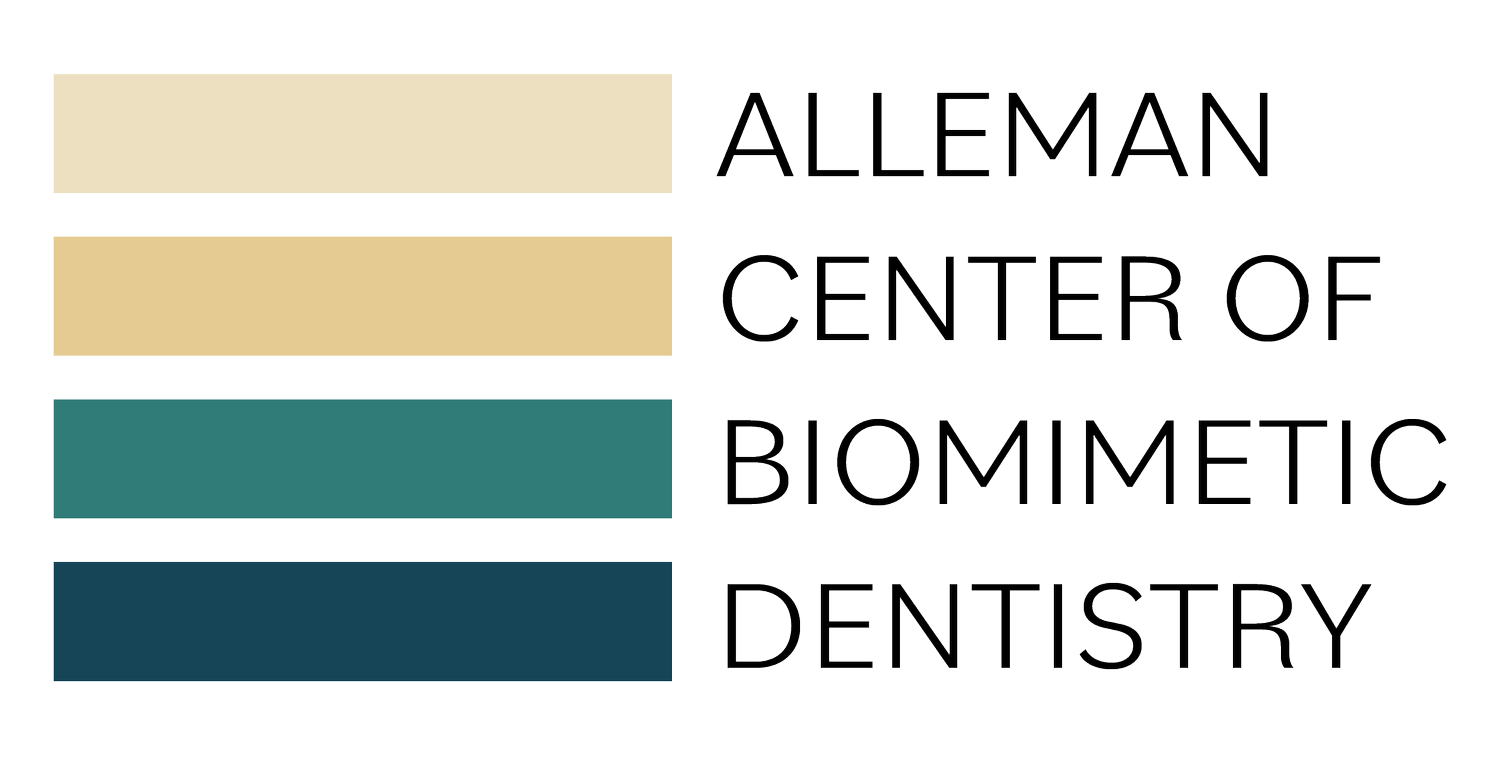Direct Restorations in Biomimetic Dentistry: Complete Guide
Direct restorations are taught in dental school and used widely in practice. Being able to reduce treatment time with a direct restoration can benefit a patient greatly, but direct restorations can now offer more benefits thanks to advancements in dentinal bonding systems and our understanding of how polymerization shrinkage can be mitigated in an adhesive restoration.
Two examples of direct composite in a biomimetic restoration: immediate dentin sealing and composite enamel replacement. Cases and photos by Dr. Davey Alleman, DMD.
What are direct restorations?
Direct restorations are any restoration that is fabricated inside the mouth. With traditional techniques this could be an amalgam restoration, but as adhesive dentistry becomes more widely adopted, this direct approach takes a different meaning. A direct restoration can range anywhere from resin coating to a bulk-fill composite. While both are direct restorative techniques, their long-term outcomes will vary greatly.
Before and after, showing a failing direct restoration and a biomimetic direct restoration. The difference is the bond strength to all substrates in the preparation, known as the hierarchy of bondability. Case and photos by Dr. Davey Alleman, DMD.
Direct vs indirect restorations
Direct restorations are fabricated inside the mouth, while indirect restorations are fabricated outside of the mouth. Because adhesive dentistry is not limited by traditional filling preparations and full coverage crowns, we can offer more options for these types of restorations:
Direct restorations: In biomimetic and adhesive dentistry, some or all of the restorative process should be direct. Direct aspects can include:
Immediate dentin sealing and resin coating
Deep margin elevation
Stress-reduced direct composite
Indirect restorations: Indirect inlays, onlays and overlays can be fabricated for the enamel replacement and made from composite, ceramic or other materials. These can be milled in-office or by a lab.
Semi-direct restorations: Composite enamel replacement allows for semi-direct restorations. These are fabricated inside of the mouth, but cured outside of the mouth to mitigate shrinkage stress. They are then cemented like an indirect restoration.
An example of a semi-direct restoration, fabricated inside the mouth. Case and photo by Dr. Davey Alleman, DMD.
Every adhesive restoration should have a direct component
At the Alleman Center, we teach a type of adhesive dentistry called biomimetic dentistry, which uses specific techniques that allow a restored tooth to mimic the structure and function of a natural tooth. Every biomimetic restoration has a direct component, even if the enamel replacement is indirect.
This direct component is the immediate dentin sealing and resin coating steps. Immediate dentin sealing and resin coating seal the exposed dentin at the nanometer level, creating a hybrid layer between the dentin and dentinal bonding system that is too small for bacteria to enter under. This step returns a tooth to its natural function of blocking reinfection and protecting pulp vitality, making the direct component essential to the longevity of the tooth.
Immediate dentin sealing and resin coating are the direct component of a biomimetic restoration, essential for creating a strong hybrid layer. Case and photo by Dr. Davey Alleman, DMD.
Predictable dentin bonding protocols
Long-term success in restorative dentistry is more nuanced than indirect vs direct. When bonding to dentin, practitioners must also account for:
C-factor: High C-factor preparations (those with multiple bonding surfaces) increase stress during polymerization, which can cause debonds deep in a restoration. This is most common in restorations that use larger increments of composite like bulk fill restorations.
Hierarchy of Bondability: Different substrates in the tooth reach their greatest bond potential at different times. If these bonds aren’t allowed to fully mature, this can cause restorative failure from the weaker bonds.
Cracks into dentin: Cracks into dentin will continue to grow lager (propagate) even with the best enamel replacement. Safely removing the cracks around the pulp chamber is the best way to preserve the life of the tooth.
Dr. David Alleman created his Six Lessons Approach to provide a complete set of protocols to predictably bond to dentin. With this systematic approach, our international community of alumni are creating restorations that eliminate post-operative sensitivity, reduce the need for endodontic treatment and have been shown to last over 20 years (and counting). Get trained in the Six Lessons Approach protocols in our upcoming dentistry training programs.
Learn more about direct restorations in this case presentation by Dr. Davey Alleman, DMD.






